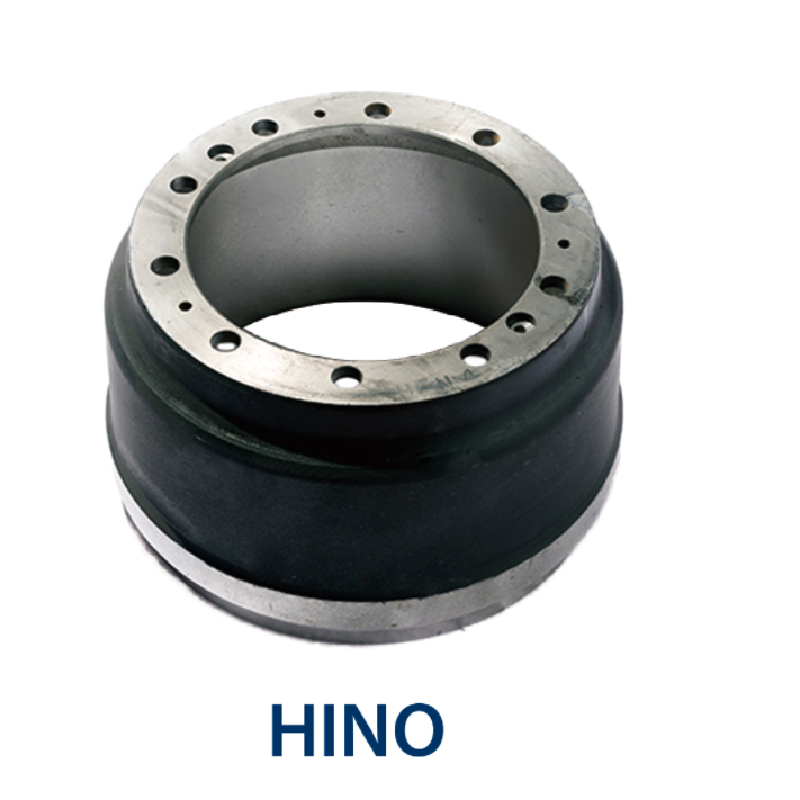dec . 18, 2024 18:07 Back to list
removing a stuck brake drum
How to Remove a Stuck Brake Drum A Step-by-Step Guide
If you’ve ever experienced the frustration of a stuck brake drum, you know how challenging and irritating it can be. Whether you’re performing routine maintenance or addressing a specific issue with your vehicle, removing a stuck brake drum is an essential skill for any car owner or mechanic. In this guide, we’ll walk you through the steps required to safely and effectively remove a stuck brake drum.
Understanding the Problem
Before diving into the removal process, it’s important to understand why brake drums become stuck. Over time, brake drums may corrode, especially in regions with high humidity or where salt is used on the roads in winter. Additionally, brake shoe material can wear down and adhere to the drum surface. This adhesion can create a nefarious bond that makes removal difficult.
Tools You’ll Need
Before starting the removal process, gather the following tools
- Jack and jack stands - Lug wrench - Brake drum puller (or a hammer) - Penetrating oil (like WD-40) - Screwdriver - Safety goggles - Gloves - A soft cloth
Step-by-Step Guide to Remove a Stuck Brake Drum
1. Safety First Ensure that your vehicle is parked on a flat surface. Engage the parking brake and place wheel chocks behind the remaining wheels that will stay on the ground. Put on safety goggles and gloves to protect yourself from debris and contaminants.
2. Loosen the Lug Nuts Using the lug wrench, slightly loosen the lug nuts on the wheel where you need to remove the brake drum. Do this while the wheel is still on the ground for stability.
removing a stuck brake drum

3. Lift the Vehicle Use a jack to raise the vehicle until the tire is off the ground. Then, securely place jack stands beneath the vehicle to support it.
4. Remove the Wheel Take off the loosened lug nuts completely and remove the wheel to expose the brake drum.
5. Apply Penetrating Oil If the brake drum appears stuck, apply penetrating oil generously around the edge where the drum meets the backing plate. Let it sit for a few minutes to penetrate the bond.
6. Check for Retaining Screws Some brake drums are held in place by retaining screws. Inspect the surface for these screws and, if present, remove them with a screwdriver.
7. Use a Brake Drum Puller If the drum still does not budge, you may need a brake drum puller. Attach the puller according to the manufacturer’s instructions, ensuring it is securely fastened. Gradually tighten the puller’s central bolt to evenly distribute the force. Continue until the drum pops free.
8. Hammer Technique (If Necessary) If a puller isn’t available, gently tap around the edge of the brake drum with a hammer. Use a soft cloth to protect the surface and reduce the risk of damage. Strike the drum at various points to help loosen any rust or corrosion holding it in place.
9. Inspect the Drum Once the drum is removed, inspect it for wear or damage. Check the interior and the brake shoes for uneven wear or debris. Clean the drum if you plan to reuse it or consider replacing it if it shows significant damage.
10. Reassemble After replacing or servicing the drum and brake shoes, simply reverse the steps to reassemble. Be sure to torque the lug nuts to the manufacturer’s specifications and properly reinstall the wheel.
Conclusion
Removing a stuck brake drum is a task that can seem daunting, but with the right tools and techniques, it can be accomplished efficiently and safely. Regular maintenance and inspections can help prevent future stickiness, ensuring smooth braking performance. Remember to always prioritize safety during any maintenance task, and don’t hesitate to seek professional assistance if needed. With practice, you will gain confidence in tackling brake drum issues, making your automotive experience easier and more enjoyable!
-
Durable Brake Drum MAZ for Heavy Duty Trucks | High Performance
NewsAug.26,2025
-
FUWA: Premium Quality, Reliable Performance & Innovative Solutions
NewsAug.25,2025
-
Liza Brake Drum: Superior Quality & Performance for Safe Driving
NewsAug.24,2025
-
Iveco Brake Drum | Premium OE Quality for Daily & Eurocargo
NewsAug.22,2025
-
Your Brake Drum Man: Quality & Performance Parts
NewsAug.21,2025
-
Explore Japan: Ultimate Travel Guide & Authentic Experiences
NewsAug.19,2025
